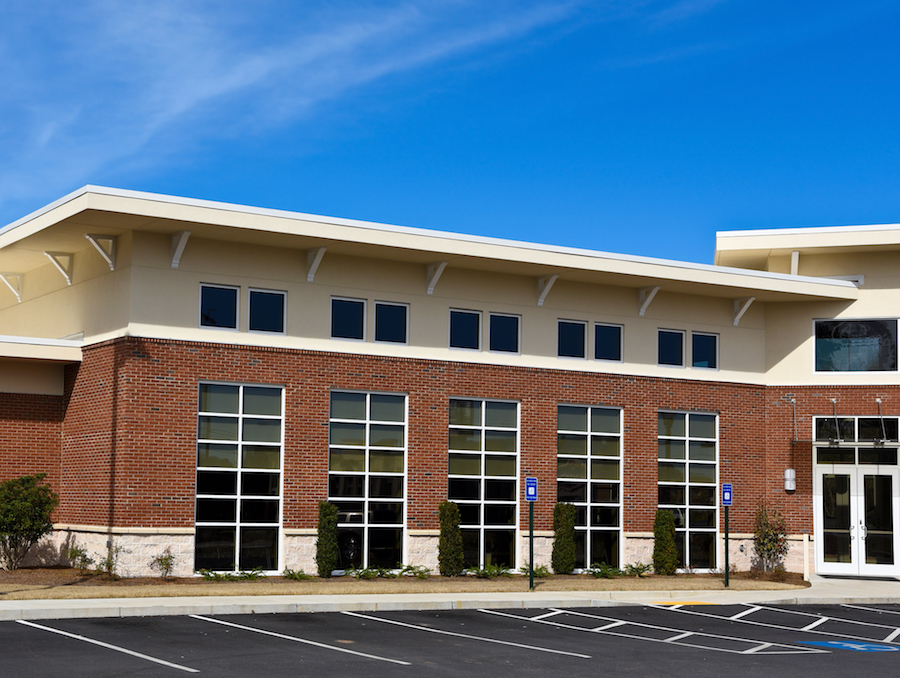Expansion joint sealing and waterproofing

While most people don’t notice it on a day-to-day basis, buildings are constantly moving. This can happen due to things like the ground below the building settling over time, winds exerting force on a tall building, or temperature fluctuations that cause the building materials to expand or contract.
To account for that daily movement, buildings are constructed with expansion joints that run through the entire exterior or through brick and slab on the ground. In fact, some people prefer the term movement joints rather than expansion joints because the joints handle both compression and expansion as the building moves.
There are a number of types of expansion joints, including mechanical joints that account for the movement of concrete and seismic joints that help protect a building during any seismic movement.
Basically, an expansion (or movement) joint is a gap in the building. As the building moves, the gap allows the materials some space to move without damaging surrounding materials. But any gap must be filled, which is where expansion joint sealing comes in.
Most expansion joints are sealed or waterproofed at time of installation, but that seal can break down over time. Just as the slight movement of the building isn’t always visible on a daily basis, the material breaking down over time may not be immediately visible either. It’s important to regularly inspect all expansion joints and follow the manufacturer’s guidelines for sealing, repairing, waterproofing, or replacing the joints.
Expansion joints play an important role in the longevity of any building. But just like any other aspect of the building’s exterior, they’re subject to wind, rain, fluctuating temperatures, and other conditions that can create big problems if not properly maintained over time.
